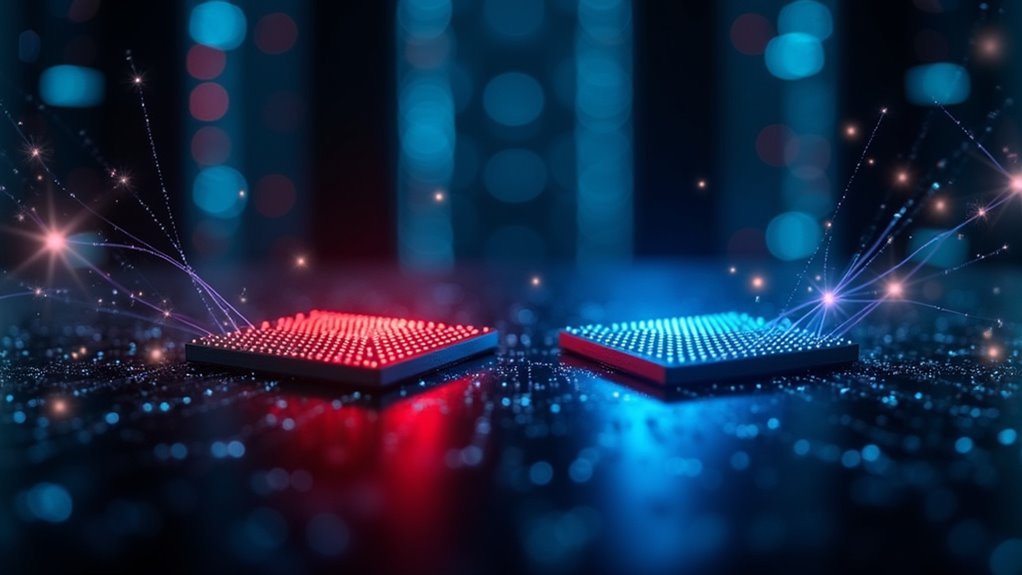Huawei’s latest AI chips, like the secret-sauce Ascend 910D and the monster CloudMatrix 384 system, are shaking up the US-China rivalry—with a dash of sci-fi drama. Instead of sipping Nvidia’s efficiency Kool-Aid, Huawei crams racks with 384 processors and slurps power like a 90s desktop on caffeine, all thanks to US export bans. If the phrase “brute force supercomputing” sounds like a movie villain’s origin story, well, there’s more where that came from…
Even as Nvidia basks in its AI superstar status, Huawei is quietly assembling a counter-offensive that’s hard to ignore—unless you’re allergic to silicon and intrigue.
While Nvidia dominates headlines with its cutting-edge GPUs, Huawei’s ambitions are anything but modest. The Chinese tech titan is developing the Ascend 910D chip, shrouded in a curious level of secrecy. Official specs haven’t dropped, but the message is clear: Huawei wants to stop playing catch-up.
Take the CloudMatrix 384 system, for example. Imagine 384 Ascend 910C processors, all jammed into a rack-scale beast, interconnected with a *fully optical, all-to-all mesh network*. No copper wires here—Huawei’s gone full sci-fi, swapping metal for light and deploying a whopping 6,800 linear pluggable optics (LPO) transceivers. The system’s networking architecture relies entirely on optical links, with no traditional copper cables, positioning it ahead of most Western data center designs when it comes to interconnect innovation. CloudMatrix’s total system power consumption reaches 559 kW, which is four times higher than Nvidia’s GB200 system, underscoring the immense energy demands that come with such scale.
Huawei’s CloudMatrix 384 packs 384 Ascend chips into a rack-scale monster, all linked by a blazing, all-optical mesh—no copper, just pure light.
The system is split across 16 racks—12 for compute, 4 for networking—optimized for enterprise use, and designed to shrug off faults like a veteran IT admin after too much coffee.
Why so many chips? Sanctions. US export controls block Huawei from snagging the latest manufacturing tech, so the company compensates with sheer numbers and proprietary software. Brute force, not elegance, is the name of this game.
Performance-wise, Huawei’s monster system boasts 3.6x the aggregate memory and 2.1x the bandwidth of Nvidia’s GB200 NVL72. Impressive on paper, but there’s a catch: performance-per-watt is 2.3 times lower**** than Nvidia’s.
Efficiency isn’t Huawei’s strong suit—yet. But for Chinese firms boxed in by geopolitics, these trade-offs are a small price to pay for AI self-reliance.









